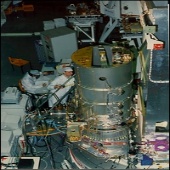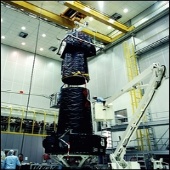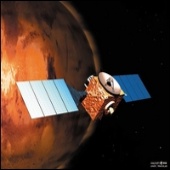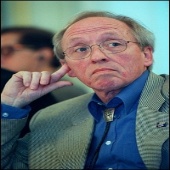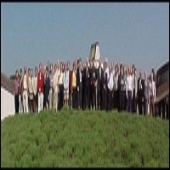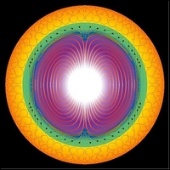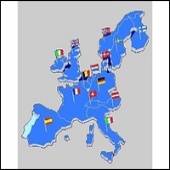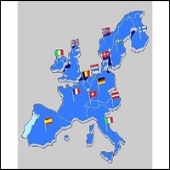ESA Science & Technology - News Archive
News archive
News archive
Published: 2 June 1999
Published: 1 June 1999
Published: 28 May 1999
Published: 28 May 1999
Published: 26 May 1999
Published: 25 May 1999
Published: 21 May 1999
Published: 21 May 1999
Published: 21 May 1999
Published: 20 May 1999
Published: 19 May 1999
Published: 17 May 1999
Published: 17 May 1999
Published: 12 May 1999
Published: 11 May 1999
Published: 11 May 1999
Published: 10 May 1999
Published: 10 May 1999
Published: 10 May 1999
Published: 10 May 1999
—
20 Items per Page




